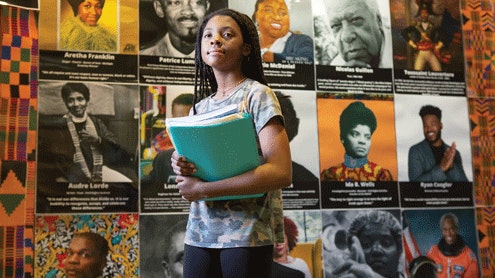Homepage
•
Learning Library
•
Blog
•
Teaching anti-racism
Expand breadcrumbs
Expand breadcrumbs
- Learning Library
- Blog
- Teaching anti-racism
- Homepage
- •
- Learning Library
- •
- Blog
- •
- Teaching anti-racism








